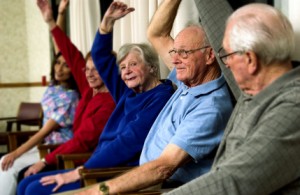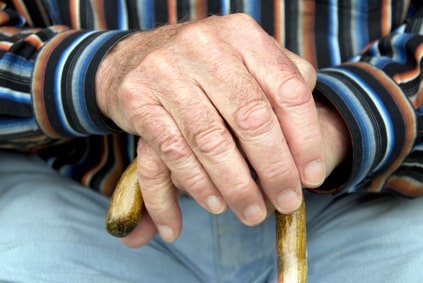This month, the Centers for Disease Control and Prevention’s National Center for Health Statistics released a study entitled Residents Living in Residential Care Facilities: United States 2010. This study, which drew data from 2,302 residential care facilities with four or more beds, was the first survey that utilized a national cross section of these facilities. The resulting data reveals some very interesting information about residents within assisted living facilities and trends in senior living. In turn, it provides excellent input into concepts for design of assisted living facilities and senior living projects.
I would encourage the readers to read this brief but here are some fascinating excerpts:
- 70% of residents were female while 54% of the residents were 85 and over
- The median length of stay among all current residents was 671 days
- Mean national monthly charge per resident was $3,165 with Medicaid paying for at least some of the services in 19% of the cases
- 38% of residents received assistance with three or more activities of daily living with 72% of residents receiving assistance with bathing
- High blood pressure (57%) and Alzheimer’s (42%) were the two most common chronic conditions diagnosed
I would imagine that the above statistics would resonate with most assisted living and senior living providers. But, what does this all mean looking to the future of assisted living design and trends in senior living?
Older residents, greater acuity
When I started in the long-term care business, I would say the vast majority of the assisted living residents we had were in their 60’s and 70’s. But now, we see that 54% of the residents are 85 and over. Boomers, due to economic reasons and more importantly, personal preference, have delayed the move from their personal residence into a senior living community. In increasing fashion, there are more tools and programs that allow them to age in place. As a result, assisted living facilities and senior living communities are seeing older and more frail residents come into their communities and this senior living trend will continue.
Bathroom design must address reduced independence
With 72% of the residents needing assistance with bathing, the importance of bathroom design is substantial. Couple that with the statistic that 36% need assistance with toileting, we can see the vital need of proper bathroom design. Some suggestions:
- Zero threshold shower units
- Built in shower seats
- Single lever faucets
- Walk in tubs with doors that open outward
- Taller toilets or raised toilet seats
- Grab bars near toilets and in showers/bathtubs
Aging in place

Wellness centers which feature gym equipment, exercise classes such as yoga as well as integrating aquatic therapy will encourage the healthy living lifestyle that boomers have embraced. In addition, medical components such as therapy, home health and primary care will provide much needed assistance to allow residents to age in place.
Dedicated memory care – a growing senior living trend
There are an estimated 5.4 million Americans with Alzheimer’s and of those, 5.2 million are over 65. By 2050, it is projected that nearly 16 million will suffer from Alzheimer’s. So, it’s really no surprise that the study shows 42% of the residents suffer from Alzheimer’s. The population will continue to grow and the impact of Alzheimer’s will have a significant effect on senior living projects. As such, it makes strategic sense to seriously consider a dedicated memory care unit. (Notice I say a dedicated unit.) We saw an increase in the number of these units 10-15 years ago and many of these units experienced some difficulties associated with lack of funding and low demand. However, as public awareness has increased and the impact of dementia has grown due to a larger aging population, greater demand for these types of units will grow.
Do these trends in senior living point to a bright future?
Yes they do. Boomers are turning 65 at a rate of 10,000 a day and they are living longer and healthier. Challenges still exist for the industry-rising acuity, lack of funding and the push for aging at home. However, the need for senior living projects including assisted living facilities will not be going away anytime soon. A new “norm” is beginning to take shape and senior living will change to meet those needs.

